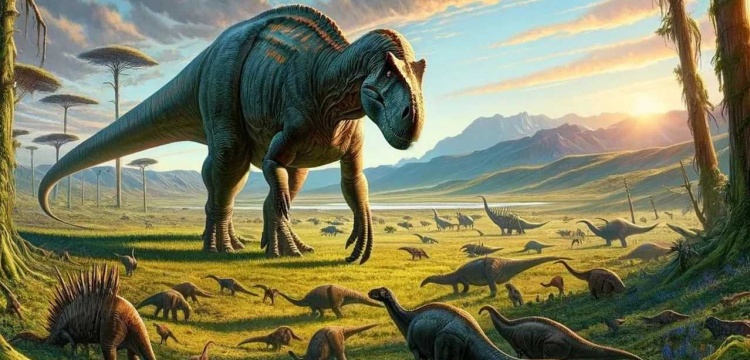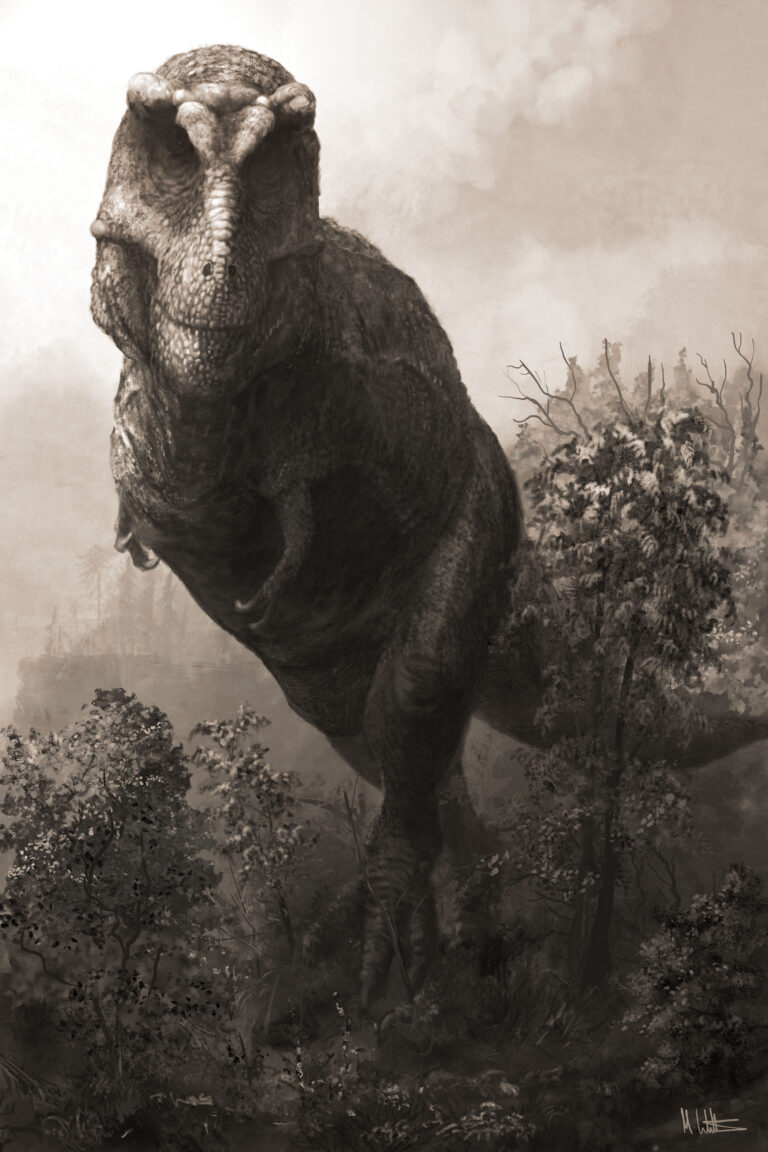What is the largest fossil a paleontologist could find?

The answer to the question of how big the biggest dinosaur could be has been investigated. And it has been calculated how big the biggest dinosaur in the world could be! According to the calculations, the biggest living creature on earth could have weighed an estimated 15 tons and was 15 meters long.

A new study published today in the scientific journal Ecology and Evoiution looks at the maximum possible sizes of dinosaurs, using the carnivore, Tyrannosaurus rex, as an example. Using computer modelling, Dr. Jordan Mallon of the Canadian Museum of Nature and Dr. David Hone of Queen Mary University of London, produced estimates that T. Rex might have been 70% heavier than what the fossil evidence suggests.
Scientists have assessed just how large dinosaurs could really get. The answer is much bigger than we had previously realised.
To address this question, Mallon and Hone used computer modelling to assess a population of T. rex. They factored in variables such as population size, growth rate, lifespan, the incompleteness of the fossil record, and more.

T. rex was chosen for the model because it is a familiar dinosaur for which many of these details are already well estimated. Body-size variance at adulthood, which is still poorly known in T. rex, was modelled with and without sex differences, and is based on examples of living alligators, chosen for their large size and close kinship with the dinosaurs.
The palaeontologists found that the largest known T. rex fossils probably fall in the 99th percentile, representing the top 1% of body size, but to find an animal in the top 99.99% (a one-in-ten-thousand individual) scientists would need to excavate fossils at the current rate for another 1,000 years.
The computer models suggest that the largest individual that could have existed (one in 2.5 billion animals) may have been 70% more massive than the current largest-known T. rex specimens (an estimated 15 tonnes vs 8.8 tonnes) and 25% longer (15 metres vs 12 metres).
This study adds to the debates about the largest fossil animals. Many of the largest dinosaurs in various groups are known from a single good specimen, so remains impossible to know if that one animal was a big or small example of the species.
An apparently large species might be based on a single giant individual, and a small species based on a particularly tiny individual — neither of which reflect the average size of their respective species.
